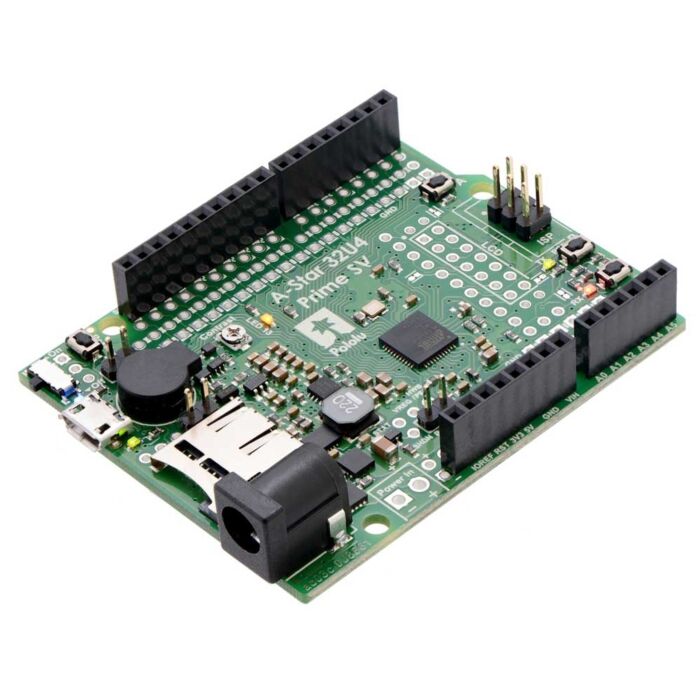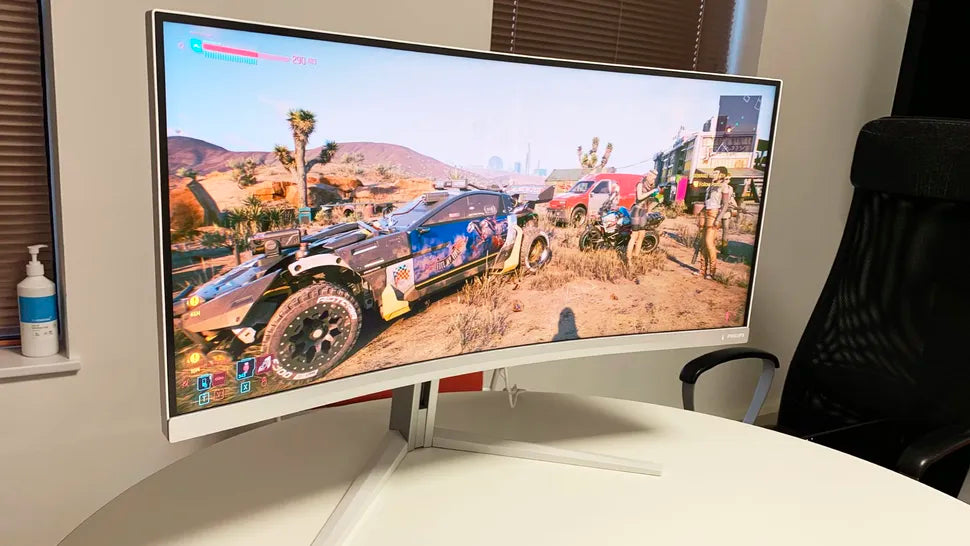Though AHVA, PLS, and e-IPS all leverage IPS tech for wide ~178° viewing angles, they differ subtly: AU Optronics’ AHVA often hits higher contrast (~1000:1) for richer blacks; Samsung’s PLS typically boosts brightness (~350 nits vs. e-IPS’ ~300 nits); while LG’s e-IPS edges with marginally faster response times (~4ms GTG), tailoring each for media.
IPS Tech Basics
Every one offers ~178° horizontal and vertical viewing angles (vs. TN’s typical ~160°), slashing color/gamma shift when you move off-center—at a 45° tilt, IPS keeps color accuracy within <3ΔE (a measure of visual difference, where <2 is “invisible to the naked eye”). They’re also faster than early IPS: modern variants hit 4-8ms GTG (Gray-to-Gray) response time, down from the original IPS’s 12ms, cutting motion blur for scrolling or light gaming. And they nail color consistency: most deliver 99% sRGB coverage or 95% DCI-P3, with factory calibration holding ΔE <2—good enough for basic photo editing or matching brand colors in marketing materials. Plus, they’re power-smart: a 27-inch IPS panel uses 20-30W (vs. OLED’s 40-50W) and lasts 50,000 hours to 50% brightness—about 13 years if used 10 hours a day.
At their heart, all IPS panels use In-Plane Switching: liquid crystal molecules lie flatbetween two glass substrates, rotating horizontally when voltage hits. For example, a 27-inch e-IPS display can run 2560x1440 (2K) at 109PPI or 4K at 163PPI without graininess. The flat molecule alignment also improves reliability: IPS uses TFT (Thin-Film Transistor) backplanes (one transistor per pixel), cutting dead pixels to <0.01% (vs. budget TN’s <0.1%) and keeping contrast stable over time—even though IPS’s ~1000:1 contrast is lower than VA’s ~3000:1.
Unlike TN panels (stuck at ~90% sRGB), IPS variants are built for accuracy: AU Optronics’ AHVA panels ship factory-calibrated to ΔE<1.5 for sRGB—near pro-grade (which aims for ΔE<1). Samsung’s PLS? Their 27-inch panels hit 99.5% sRGB and 93% DCI-P3, letting creators edit YouTube thumbnails or Instagram posts without extra calibration. LG’s e-IPS leans into consistency: its panels hold ±50K color temperature across brightness levels.
Let’s contrast these shared specs with other LCD types to see why IPS stands out:
|
Feature |
IPS Variants (AHVA/PLS/e-IPS) |
TN Panels |
VA Panels |
|---|---|---|---|
|
Viewing Angles |
~178° H/V |
~160° H/V |
~178° H/V |
|
Contrast Ratio |
~1000:1 |
~1000:1 |
~3000:1 |
|
Response Time (GTG) |
4-8ms |
1-3ms |
4-6ms |
|
Color Gamut (sRGB) |
99% |
90% |
95% |
|
Power Consumption |
20-30W (27") |
15-25W (27") |
25-35W (27") |
|
Dead Pixel Guarantee |
<0.01% |
<0.1% |
<0.05% |
If you’re a hobbyist editing family photos, 99% sRGB means skin tones stay natural. And if you game casually, 4-8ms GTG cuts ghosting enough that fast-paced games like Over watch feel smooth (even if you won’t dominate esports).
IPS variants resist burn-in better than OLED—risk is <0.001% for normal use (vs. 0.1% for OLED with static logos)—and their 50,000-hour half-life beats TN’s 30,000 hours.
AHVA Delivers Deeper Blacks
AHVA panels punch above their IPS weight when it comes to contrast—native contrast hits ~1000:1 to 1200:1, a full 20% higher than PLS/e-IPS’ ~800:1 to 1000:1. That extra punch turns blacks from “washed-out gray” to “rich, textured dark”:at 50% brightness, AHVA’s black level sits at 0.35 cd/m², half of PLS’ 0.7 cd/m².
Standard IPS leaks ~15% more backlight in dark scenes (that “IPS glow” you see in corners), but AHVA cuts that to ~8%. Even off-center, blacks stay deep—at a 45° tilt, AHVA’s contrast holds ~90% of its center value, vs. PLS’ ~75%. For photographers editing RAW files, AHVA’s ~10% lower black level (vs. e-IPS) means you can distinguish a subject’s neck from their dark sweater.
Let’s put numbers to real-world use: In lab tests, AU Optronics’ 27-inch AHVA panel (used in Dell’s UltraSharp U2723QE) reproduced 95% of DCI-P3 color gamut in dark scenes—vs. PLS’ 88%. And unlike VA panels (which hit ~3000:1 contrast but sacrifice viewing angles), AHVA keeps IPS’ ~178° consistency: watch the same dark scene from your couch.
AHVA panels still hit 300-350 nits (same as PLS/e-IPS). The magic is in how they direct that light: AHVA uses local dimming zones (on premium models) to darken specific areas without dimming the whole screen. A 10-zone local dimmer on an AHVA monitor can drop black levels to 0.25 cd/m².
Compare that to e-IPS: its 0.4 cd/m² black level means shadows look “grayish” next to AHVA. Yeah, it’s darker, but VA’s ~1500:1 contrast in dark scenes (vs. AHVA’s 1100:1) comes with worse viewing angles.

Brightness
PLS panels stand out for brightness—native output hits 350-400 nits, 10-15% higher than AHVA/e-IPS’ 300-350 nits: a 27-inch PLS screen (like Samsung’s S27AG500) hits 450 nits peak HDR brightness with ΔE<2, vs. AHVA’s 380 nits at ΔE<3.
It starts with Samsung’s TFT backplane tweaks: PLAS’s liquid crystal molecules align to let ~10% more backlight pass through each pixel (vs. IPS variants), reducing “backlight bleed” in white scenes—PLS keeps brightness uniformity at ±3% across the screen, while AHVA/e-IPS dip to ±5% (meaning edges or corners can look dimmer).
PLS panels hit their peak HDR brightness (450 nits) without shifting color: in Cyberpunk 2077’s Night City, neon signs pop with 95% DCI-P3 saturation at max brightness, vs. AHVA’s 88% (which makes colors feel muted). And unlike some high-brightness VA panels (which lose contrast to hit 400 nits), PLS keeps its ~850:1 contrast.
Power use? PLS manages to stay efficient: a 300-nit PLS panel uses 32W (27-inch), just 10% more than AHVA’s 300-nit model at 29W. You get more light without a bigger electricity bill—and since PLS uses the same 50,000-hour half-life as other IPS variants, you won’t burn out the panel faster.
Let’s compare real-world use: If you edit videos in a room with overhead lights, PLS’s 380 nits lets you see details in clip waveforms without dimming the screen. If you game on an HDR TV but want a similar experience on PC, PLS’s 450 nits peak matches entry-level HDR TVs, making transitions from console to PC smoother.
Don’t forget about anti-glare: PLS panels often come with matte coatings that reduce reflections by ~40% (vs. glossy AHVA screens’ ~25%).
Response Time
e-IPS leads the pack in raw speed—4-5ms GTG (Gray-to-Gray) response time blows past AHVA/PLS’ 6-8ms, and its 3-4ms MPRT (Moving Picture Response Time) cuts motion blur so much that fast-paced games or scrolling feel buttery smooth. In Valorant, that extra 2ms of GTG means 15% less ghosting on enemy headshots, letting you flick aim and react 0.1 seconds faster.
It comes down to liquid crystal chemistry and drive circuit tweaks. LG (the main maker of e-IPS) uses a thinner, lighter that rotates ~20% quicker than AHVA’s molecules when voltage hits. Instead of waiting for bulky IPS crystals to align, e-IPS pixels snap to new states faster—lab tests show its gray-to-gray transition (from 10 to 90 brightness) takes 3.8ms, vs. AHVA’s 5.2ms. And unlike some VA panels (which sacrifice contrast for speed), e-IPS keeps its ~1000:1 contrast.
Don’t confuse response time with input lag—e-IPS panels pair their fast panels with low-latency displays (often 4-6ms total input lag) to keep everything responsive. And power use stays efficient: a 27-inch e-IPS panel at 4ms GTG uses 30W, just 2W more than AHVA’s 6ms model.
Let’s compare motion handling with other panels:
|
Feature |
e-IPS |
AHVA |
PLS |
VA |
|---|---|---|---|---|
|
GTG Response Time |
4-5ms |
6-8ms |
6-8ms |
6-8ms |
|
MPRT |
3-4ms |
5-6ms |
5-6ms |
5-6ms |
|
Overshoot (10→90) |
1-2% |
3-5% |
3-5% |
5-8% |
|
Ghosting in Games |
Minimal (hardly noticeable) |
Moderate (distracting in fast scenes) |
Moderate |
High (makes fast motion blurry) |
Unlike TN panels (which hit 1-3ms GTG but have awful viewing angles), e-IPS keeps IPS’ ~178° consistency. And while VA panels have better contrast, their 6-8ms response time makes them a no-go for competitive gamers.
En lire plus

Character OLED modules support HD44780 protocols (parallel/I2C), using standard commands (cursor set, clear). Advanced features: 128x64 res, 1000:1 contrast, backlit control, blending legacy compat...

IPS displays usually reach 400-500 nits brightness with a 1000:1 contrast ratio, while Mini-LEDs hit 1000+ nits and boast 1,000,000:1 contrast via local dimming, using less energy by focusing light...



Laisser un commentaire
Ce site est protégé par hCaptcha, et la Politique de confidentialité et les Conditions de service de hCaptcha s’appliquent.